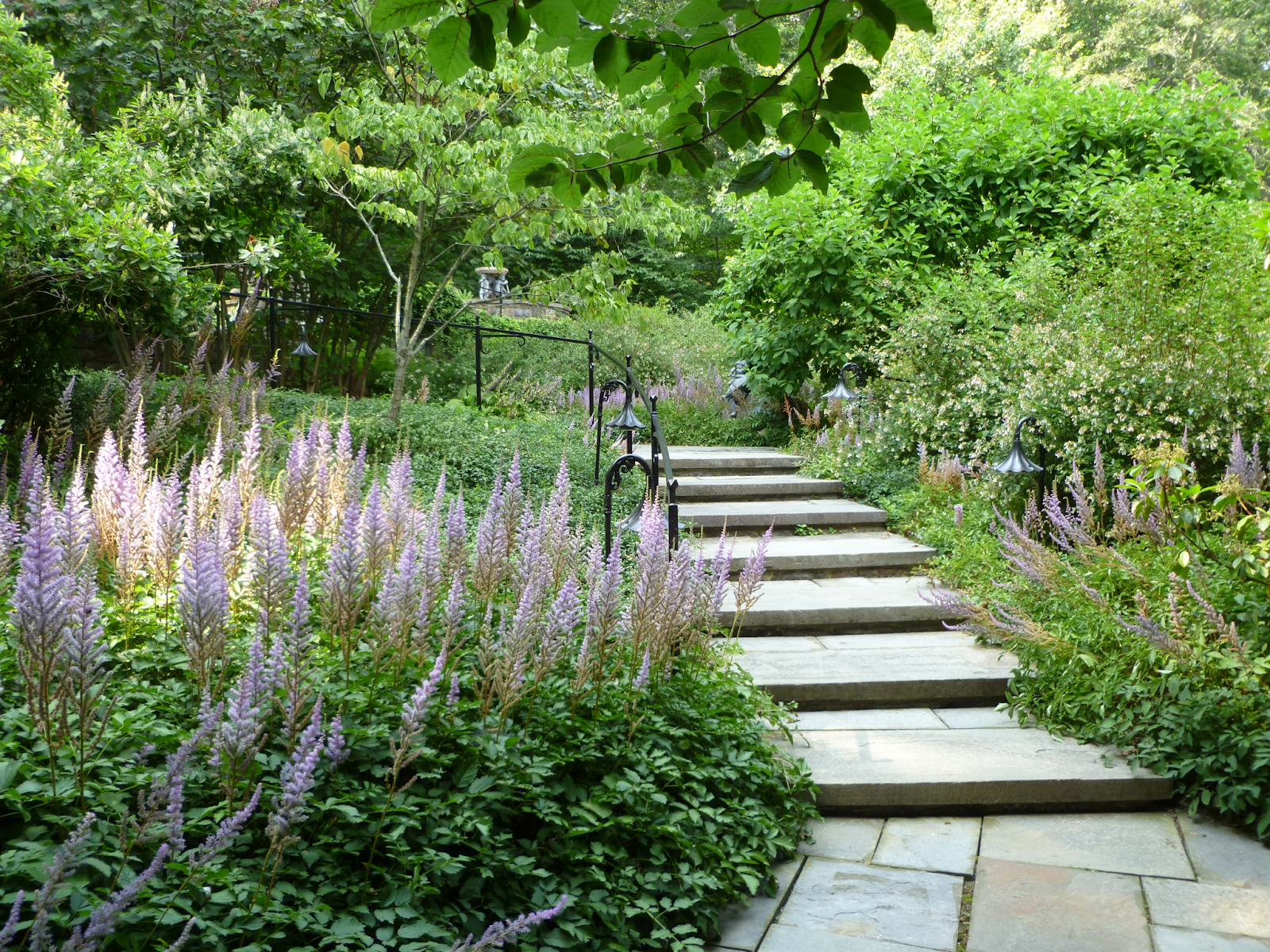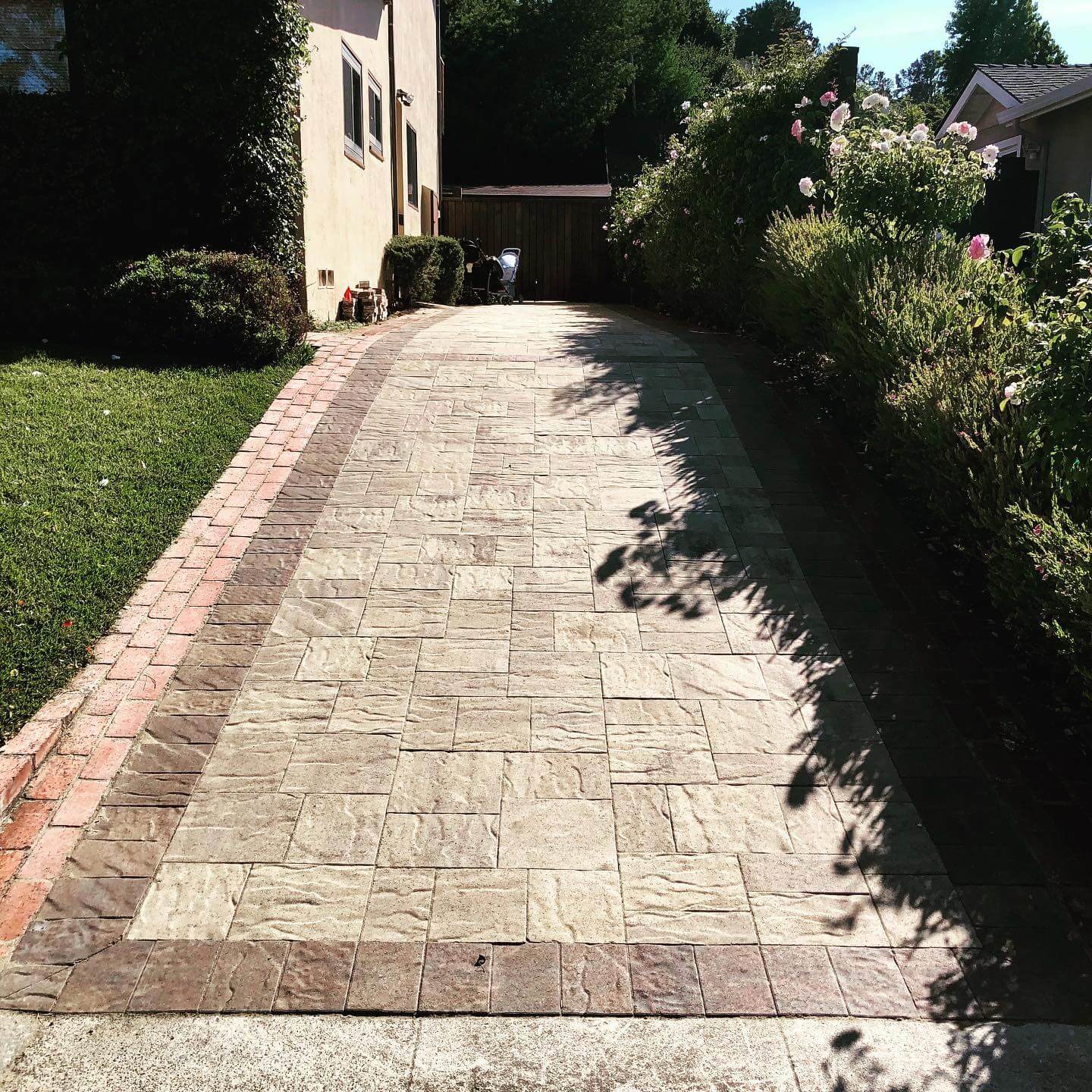
How to Rethink Residential Gardening for Climate Change
Climate change is affecting all things large and small, in ways that are sometimes not so apparent, while in others the impact is readily felt. Gardening is a unique activity in which climate change can be experienced throughout every aspect.
Problems associated with climate change, such as more prevalent pests and crop damage, are likely to increase, according to scientists with the Department of Agriculture (USDA) and the National Oceanic and Atmospheric Administration (NOAA).
Rising average temperatures are enabling aggressive invasive weeds to spread northward, and longer frost-free seasons have given an edge to insect pests in northern states by giving them more time to reproduce. Extremes in precipitation are more common now, too. Here in the Northeast, heavier and more intense rains threaten plantings. All of these indicators point to the fact that the climate is changing and we need to change with it. In short, we need to get smarter about gardening in an era of added challenges and unpredictability.
Rethinking gardening practices from the ground up.
Let’s face it. Most of us who have been gardening and tending to the landscape for years have a tendency to operate on autopilot. By that I mean we find it easy to fall back on conventional practices that do not, in fact, truly support the environment and may actually be harming it long-term. It’s time to recalibrate.
As climate change speeds up, we need to slow down and reassess the products and services we’re using in our gardening and landscape management. Instead of relying on conventional solutions such as more chemical fertilizers, pesticides, and herbicides to artificially boost our chances for success and reap bumper yields at the expense of the environment, we need to work a little harder toward creating a fundamentally healthier ecosystem. That includes turning to new methods, products, and providers who recognize the importance of more ecologically-sound solutions.
In order to do this in a comprehensive, disciplined way, we need to focus on three fundamental areas of impact: pace, systems, and ecology. Let’s take a closer look at each one:
Pace – Some of us may remember the old saying “speed kills” and it still holds true today. Rushing has become a societal norm. Hurrying from one thing to another in a misguided attempt at efficiency rarely produces good results for people or plants.
Nature especially does not like to be rushed. There is a season and a time for everything and we seem to have forgotten that in our quest to hurry things up and produce results as quickly as possible. However, if we slow down instead and take a more thoughtful and deliberate approach to gardening we can actually achieve a much bigger bang for our buck. The true impact of fast-feeding and treating gardens and landscapes with synthetic products may produce short-term benefits, but ultimately results in plant weakness, low vitality and pollution. These kinds of unsustainable activities inhibit overall plant productivity, reducing their ability to produce food and oxygen for us while contributing to increased levels of carbon dioxide in the atmosphere.
Being “efficient” and “fast” can have serious side effects that are more costly in the long run than slowing down and thinking through gardening and landscape management solutions. Careful consideration and a slower, more natural approach to gardening will prove to be much more beneficial and cost-effective.
Systems – Nature is a breathtakingly complex, interrelated, and dynamic system in which nothing operates in isolation. Thinking in human terms can help us more easily understand nature’s complexity. There’s a reason why we so often refer to it as Mother Nature – the ecosystem operates much like the human body. Soil and water function much like blood in our bodies, nourishing every cell and organ which in turn support the functions of all the other organs. Remove a component – in our case, a vital organ – and everything else suffers and eventually fails.
Consider a tree. A single tree, sitting in an open space, may seem like an isolated feature. In fact, it is far from that. That tree provides shade and shelter for other plants, a home for animals and insects, and vital oxygen for all other living things. It also consumes carbon dioxide and helps regulate the temperature and moisture of the immediate environment around it. It is hardly “isolated.” This is why forests and even the trees in our neighborhoods are vital in our campaign to combat climate change. So as you plan your beds and gardens and contemplate the flowers, vegetable plants, shrubs, and trees around you, remember that whatever you do to one effects the others in some way. Plan carefully.
Ecology – If we take that concept of nature as a dynamic living system and expand it out to encompass the inorganic as well as the organic, we’re talking about ecology – the set of relationships between organisms and their environment.
Humans, as an organism, have an outsized impact upon ecology and the natural world. And with our love of built environments and the heavy equipment, tools, and processes that enable us to so easily shape the landscape, our impact is rarely positive.
The individual gardener also has an impact upon nature. While it may not be large in our immediate environment, collectively it can be quite substantial. Decisions such as to mow and or not to mow, whether to use synthetic or natural products, and what to plant all affect the landscape, nature, and ultimately the climate over time. Each decision has an impact — positive or negative or neutral — on the greater ecological system of our planet.
Learn to regenerate
Fortunately, there are a number of things we can do as concerned individuals and gardeners to aid the effort to slow – and even reverse – climate change. Regenerative landscapes restore the environment and encourage long-term sustainability, increase biodiversity, and enhance resilience. A well-designed regenerative landscape can also complement your property, reduce your water and maintenance costs, and create seamless yet visually pleasing harmony with surrounding natural open spaces.





